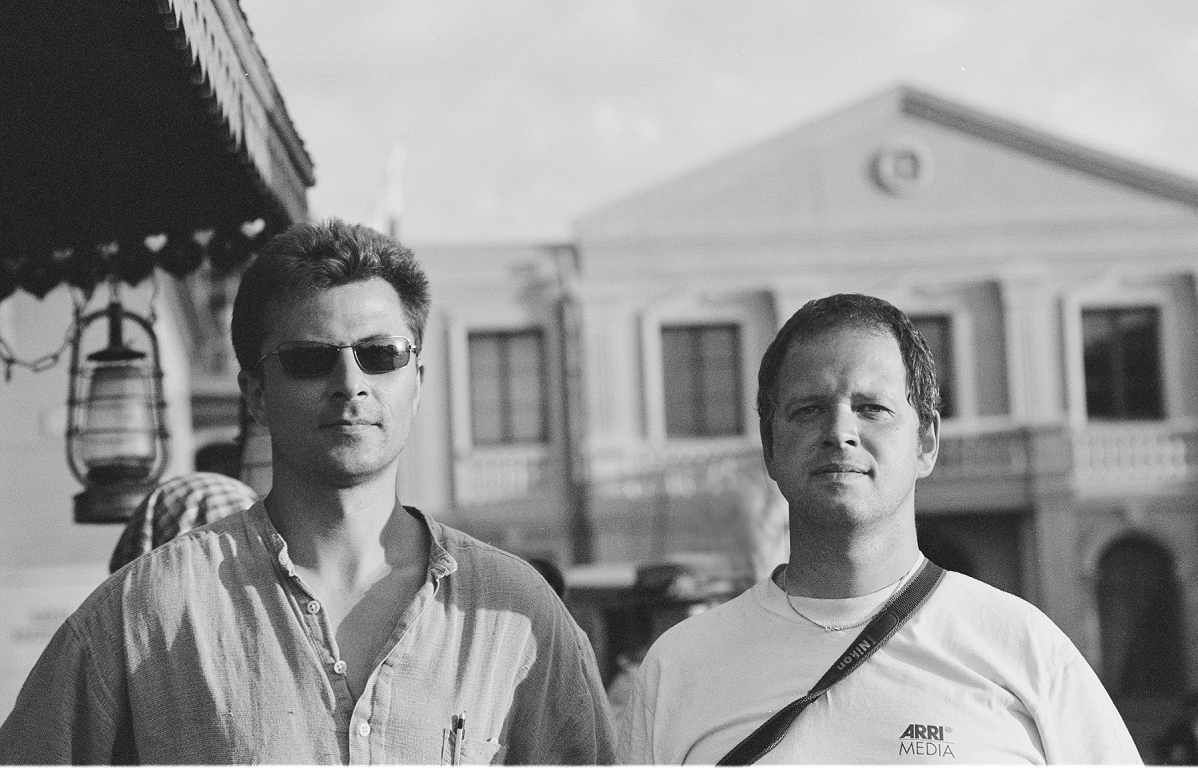What happens if the bombs hit uranium deposits in Iran?

As with Russia’s aggression against Ukraine and the inclusion, in that case, of the civil nuclear power plants in Zaporizhia and the ghost plant of Chernobyl, the rapid escalation of military attacks and options in Iran has rekindled an alarm that we thought was buried deeply in our conscious fears.
What would happen if the Israeli bombs were exactly struck by enriched uranium depots (as we shall see at different levels)? Is there really a chance to cause the phenomenon of atom separation and consequently a nuclear explosion?
The scenario becomes even more unclear in the event of the use of GBU-57, the so-called « anti-bunker » bomb, which must be supplied by US military forces and would therefore require the approval of US President Donald Trump for at least indirect involvement.
As in previous cases, there is no « literature » or documented cases that can be taken as accurate reference, so we must walk with hypotheses. The oldest site for enriching the uranium in Iran is that of Natanz, 220 kilometers southeast of Tehran, protected by an anti -aircraft battery. Natanz is the largest object in Iran and there are most « hidden » centrifugs for uranium enrichment (estimated at about 10,000). The word « deleted » is between quotes because the presence of this facility has been discovered for many years and because most of these centrifugs enrich the uranium up to 5%, which is considered a suitable level for civil purposes, ie use in energy production plants such as those in Ukraine.
Natanzi has already been hit in the early days of attacks by Israel, so we already know from the AIEA led by Rafael Gossi that there were no emergencies in terms of possible radiation. Moreover, Gossi’s number two is an Italian, Massimo Apro, considered one of the world’s largest experts for the Iranian nuclear file.
It is possible that the attacks may have damaged the centrifugs that are very sensitive to vibration (especially if they were in operation), so the bombs can « reach » and damage them even in the distance. Even the lack of energy after the attack may have damaged these enrichment plants.
But to come to the most important question: If a fire on the uranium starts, is there a risk of a nuclear reaction?
Anyone who lived during the Chernobyl explosion in 1986 cannot forget that in that case both elements were present: the instability of the uranium core and the explosion that then released radionucleide into the atmosphere, leaving them at the mercy of winds. This was the infamous « atomic cloud », even more dangerous because it can move.
In reality, technically an « atomic bomb », as the beloved writer of the intelligence services often explained in detail, but also for the search, Frederick Forsyth, is a group of ingredients. And this is probably the most delicate aspect of Prime Minister Benjamin Netanyahu’s charge: Was Iran working for a bomb? Not only the enriched uranium, but also a detonator (which is not easy to build), as well as rockets and ramps suitable for release. Although it cannot be denied that a black market can be created or recreated with Russia in high economic uncertainty conditions and with nuclear depots that are no longer funded by the US (for years the US has paid for the safety of former USSR nuclear weapons to avoid radiological risk and prevent illegal markets).
So, in order to occur, a nuclear division reaction must create some specific conditions and all at once. The greatest risk in a case like that of Natanz’s bombing is more chemical reaction than the one that releases radionucleide.
Uranium itself is not toxic to health. It is found in nature and it all depends on exposure. The most dangerous is the chemical reaction with the fluorine used during the enrichment process and turns uranium into a gas, ie mobile and aggressive. Here too, fluorine in small quantities is also found in the toothpaste because it is beneficial to the teeth. But above a certain dose it can be deadly if absorbed and very aggressive for the skin.
There may therefore have local effects around the hit object.
Second place for uranium enrichment (it has recently been discovered that Iran may have a third) is that of Federa, 100 kilometers southwest of Tehran. According to AIEA, there are fewer centrifuga, but more powerful. Uranium enrichment reaches 60%, very close to 90% which is considered suitable for military use. That is why Aiea published a report stating clear concern that Iran was working, at least in perspective, for nuclear weapons. Otherwise, there would be no reason to have these centrifugs. Although, as mentioned before, having the real capacity to produce an atomic bomb and to release it is another matter.
This is the object that the Israeli Arsenal cannot reach without the special American bombs.
In 2023, an alarm was issued after Russian forces hit a depleted uranium weapon depot in Ukraine. Even then there was talk of the fear of a toxic cloud, but the Trieste Measurement Station (then matched with the winds coming from Ukraine) reported nothing.
One last question remains: what would happen if the GBU-57 bombs were repeatedly and deeply hit (this is the way of attacking) the object in Fordo?
We do not actually have precedents. To give an answer, we must know accurately the amount of uranium deposited in that Iranian object. The hypothesis is that the amount is not enough to cause great concern. But the final answer is in the hands of American and Israeli intelligence.





